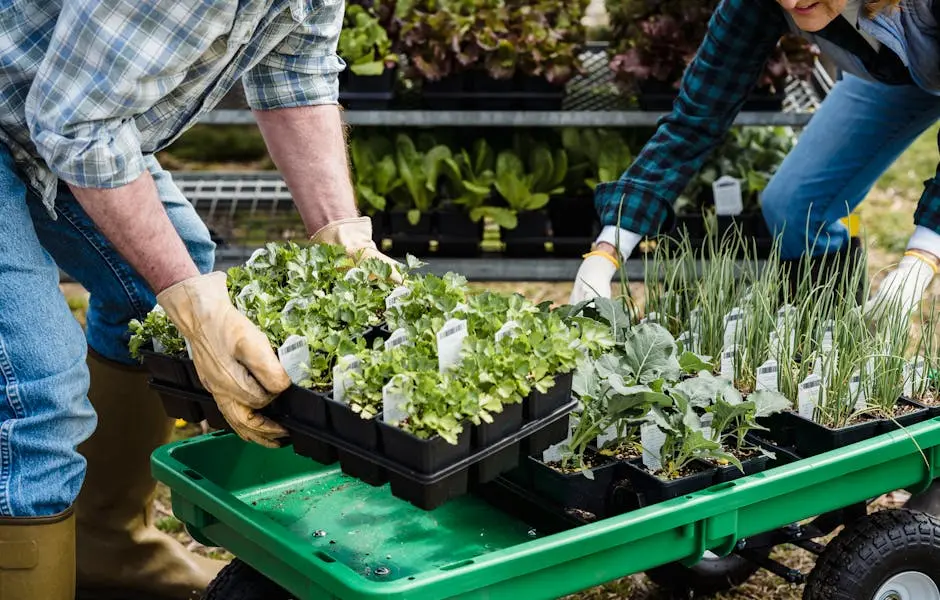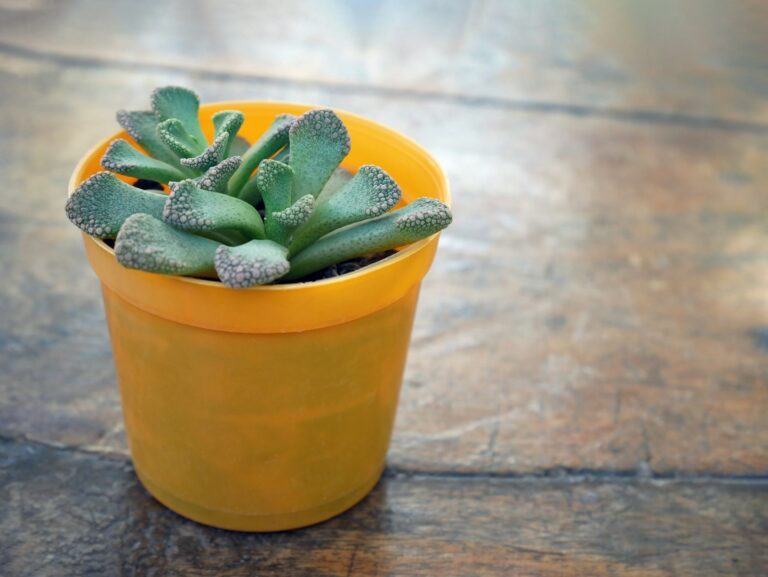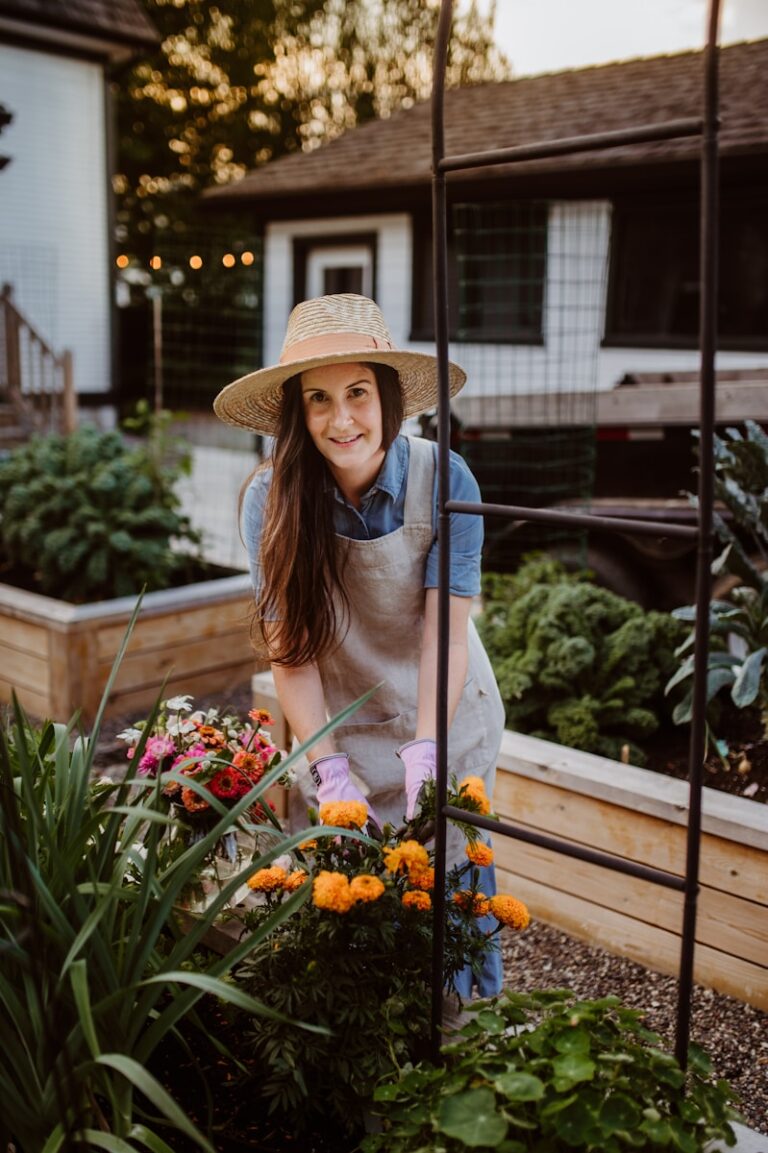How to Create a Simple Garden Plan That Works for Your Outdoor Space
Creating a simple garden plan that works doesn’t have to be complicated or overwhelming. The key is to focus on your space, choose plants that suit your environment, and organize your layout with clear goals in mind. With a straightforward approach, you can design a garden that thrives and fits your lifestyle.
By thinking about how much sunlight your garden gets, the type of soil you have, and what kind of plants you enjoy, you’ll make better decisions that save time and effort. When you break it down step-by-step, planning becomes manageable and even fun.
This guide will help you build a garden plan that makes sense for your yard and your schedule. Whether you want flowers, vegetables, or a mix, your simple plan will help you grow a garden you love. For more detailed tips on garden design, check out this guide on creating a garden design.
Setting Your Garden Goals
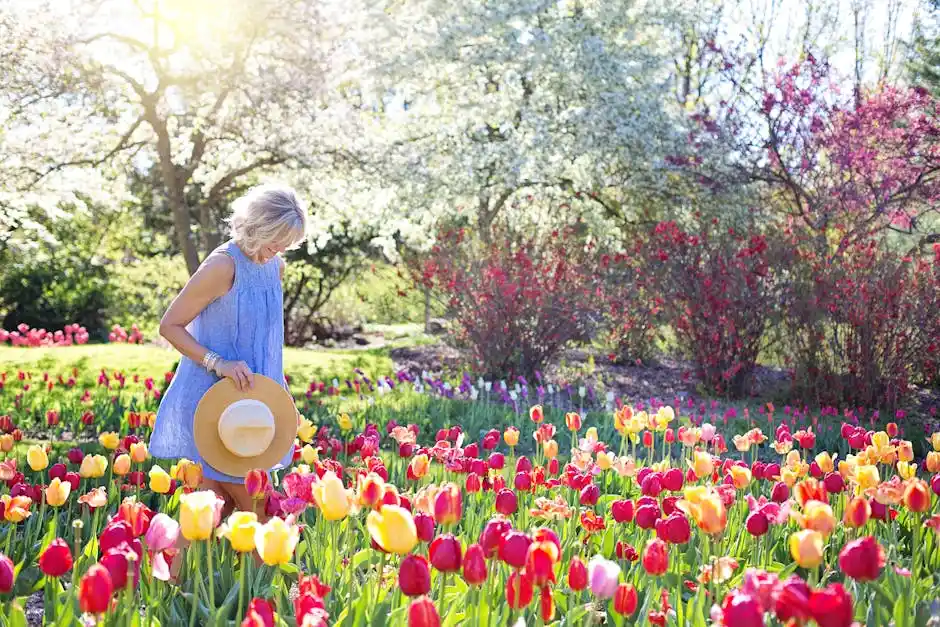
Before you start mapping out your garden, it’s important to be clear on what you want. Knowing your garden’s purpose, how much space you have, and where the sun and shade fall will help you design something practical and enjoyable.
Identifying Your Garden’s Purpose

Think about why you want a garden. Are you aiming to grow fresh vegetables, create a relaxing space, attract pollinators, or maybe all three? Your goals shape what plants you choose and how you organize them.
If food production is your priority, focus on crops that suit your climate and your eating habits. For a relaxing garden, select shade trees and seating areas. Writing down your main objectives will keep your plan on track.
Assessing Your Available Space

Measure the area you want to use for your garden carefully. Include width, length, and any obstructions like pathways or fences. If you’re working with a balcony, patio, or small yard, knowing exact space limits will help you avoid overcrowding.
Make a simple sketch to scale. Mark existing features like trees, sheds, or garden beds. This lets you see where plants can fit, how many, and where to leave room for walking or expansion.
Understanding Sunlight and Shade Patterns

Track how sunlight moves across your garden through the day. Note which spots get full sun (6+ hours), partial sun (3-6 hours), and shade (less than 3 hours). This affects what plants will thrive where.
You can use a simple table like this to organize your notes:
| Time of Day | Area 1 | Area 2 | Area 3 |
|---|---|---|---|
| Morning | Full sun | Shade | Partial |
| Midday | Full sun | Partial | Shade |
| Afternoon | Partial | Shade | Full sun |
Understanding these patterns ensures you place sun-loving vegetables in the brightest spots and shade-loving plants where it’s cooler.
Choosing the Right Plants
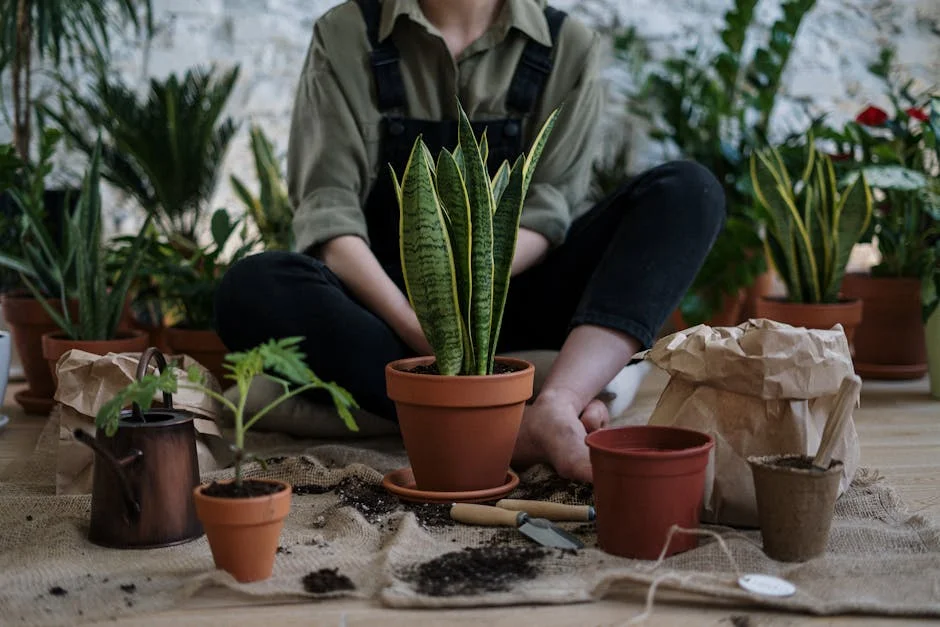
Choosing plants that thrive in your garden depends on understanding your environment, garden goals, and aesthetics. You’ll want to balance practical needs like climate and space with visual factors such as color and texture.
Selecting Plants for Your Climate

Start by researching your local climate zone and soil type. Choose plants labeled as suitable for your zone to ensure they can handle temperature ranges and rainfall.
Consider how much sun your garden receives daily. Some plants need full sun, while others prefer shade. Matching plants with their light requirements prevents wasted effort and disappointment.
Water needs vary widely. Pick drought-tolerant plants if you want low maintenance. Note how mature plants fit into your irrigation setup to avoid overwatering or underwatering.
Picking Plants That Match Your Garden Plan
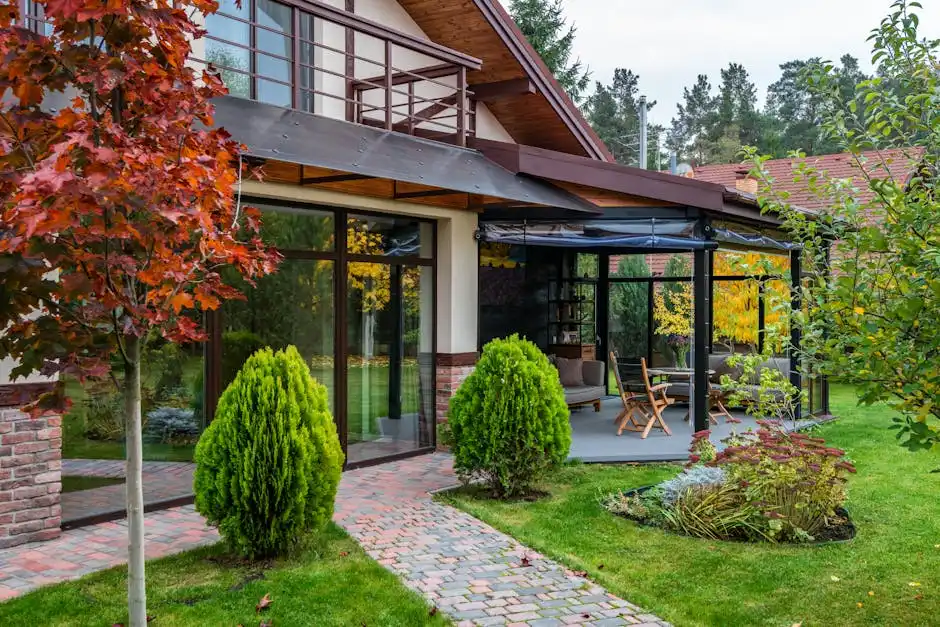
Your garden plan should include the mature size of each plant—both height and spread—to avoid overcrowding. Use a planting map to space plants properly.
Think about growth habits. For example, use taller plants or shrubs to create privacy or windbreaks. Smaller plants can fill gaps and add texture.
Include a mix of perennials and annuals if you want color over time without replanting every year. Perennials reduce work, while annuals offer seasonal variety.
Arranging Plants for Color and Interest
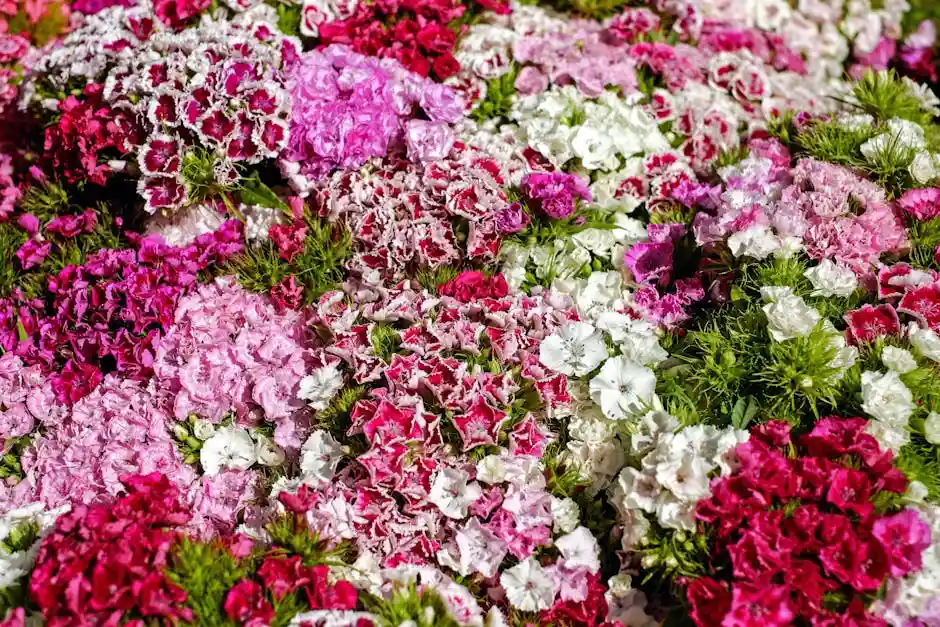
Plan your garden’s color scheme with a palette that suits your taste and surroundings. This could be calming pastels or bold contrasts.
Place taller plants at the back or center of beds, with shorter ones in front for visibility. This layering creates depth and keeps all plants visible.
Use foliage variety—not just flowers—to add interest through different leaf shapes and colors. Group plants with similar bloom times for seasons full of color.
For detailed layout ideas, explore vegetable garden layouts and plant placement examples to inspire your arrangement choices.
Designing Your Garden Layout
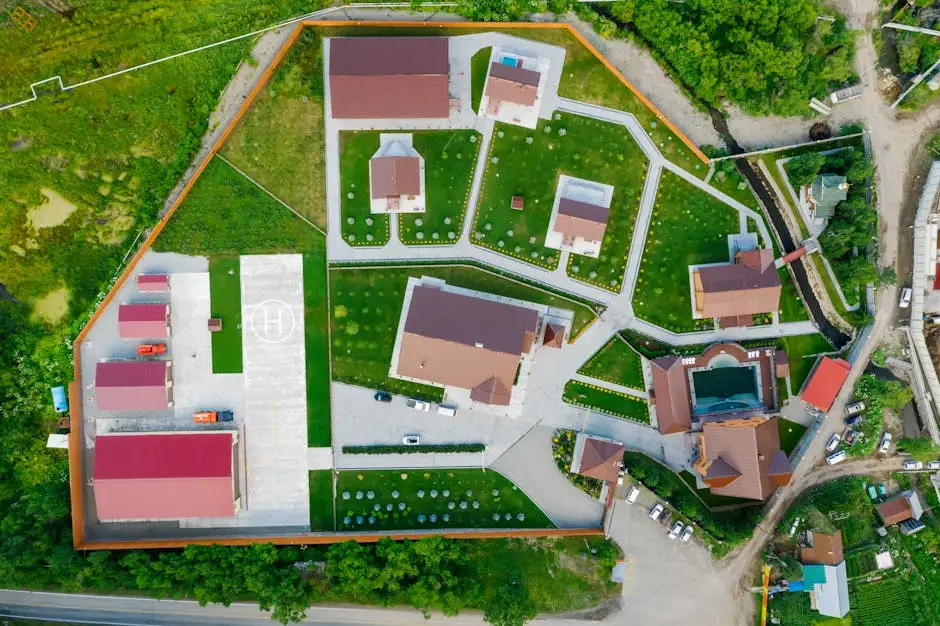
A well-thought-out garden layout helps you use space efficiently and makes maintenance easier. You’ll want to plan where each plant or feature goes and ensure easy access to everything.
Creating a Basic Garden Sketch

Start by measuring your garden space accurately. Draw a simple sketch on paper or use a digital tool. Include fixed elements like trees, fences, or buildings.
Mark areas for different plant types—vegetables, flowers, or herbs. Group plants with similar water and sunlight needs together. This simplifies care and improves growth.
Use symbols or colors to represent plant categories. This visual guide helps when planting and makes it easier to adjust your plan later.
Keep the scale consistent, for example, 1 inch = 2 feet. This helps you fit everything realistically without overcrowding.
Incorporating Pathways and Access
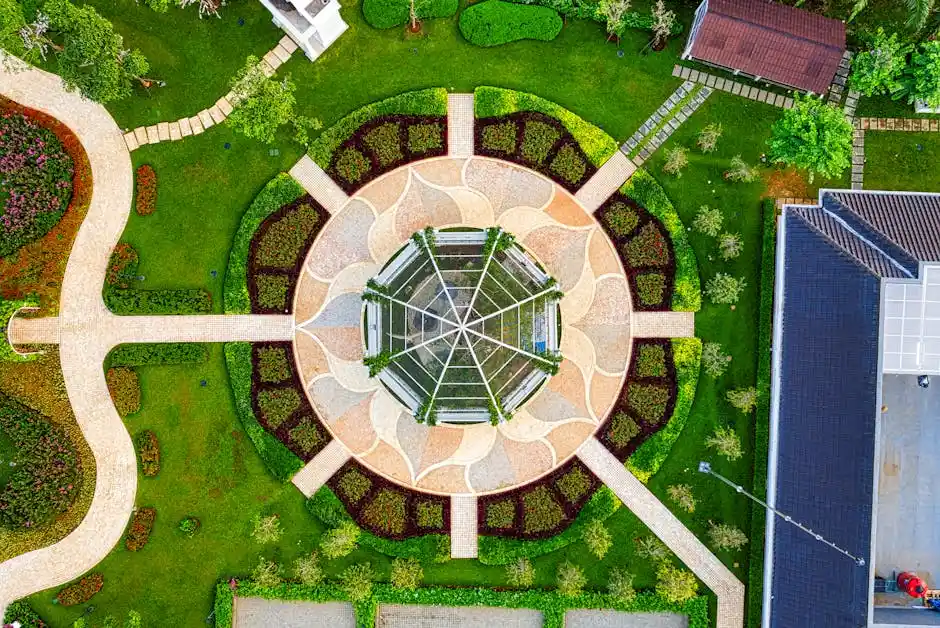
Paths let you reach all parts of your garden without stepping on plants or compacting soil. Plan paths wide enough for tools like wheelbarrows or carts.
Materials like mulch, gravel, or stepping stones make walking easier and reduce mud. Straight paths are efficient, but curved paths add interest and can slow foot traffic for better plant observation.
Place paths to connect key areas—entry points, garden beds, compost, and water sources. This reduces unnecessary walking and keeps your garden organized.
Remember to leave space between paths and beds for tool storage or future expansion. Paths are a vital part of a practical garden layout, helping you care for your plants with minimal hassle.
For more ideas on planning and creating garden layouts, see this guide on creating a garden design.
Preparing Your Garden Beds
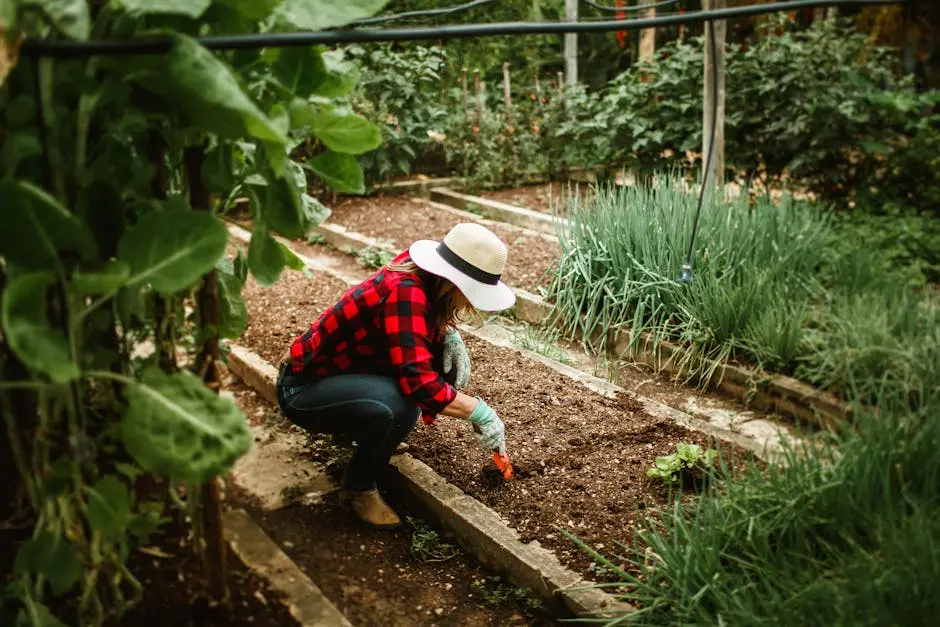
Getting your garden beds ready means creating a healthy environment where plants can grow strong. You’ll focus on making the soil loose, rich in nutrients, and well-drained to support your plants’ needs.
Soil Preparation Basics
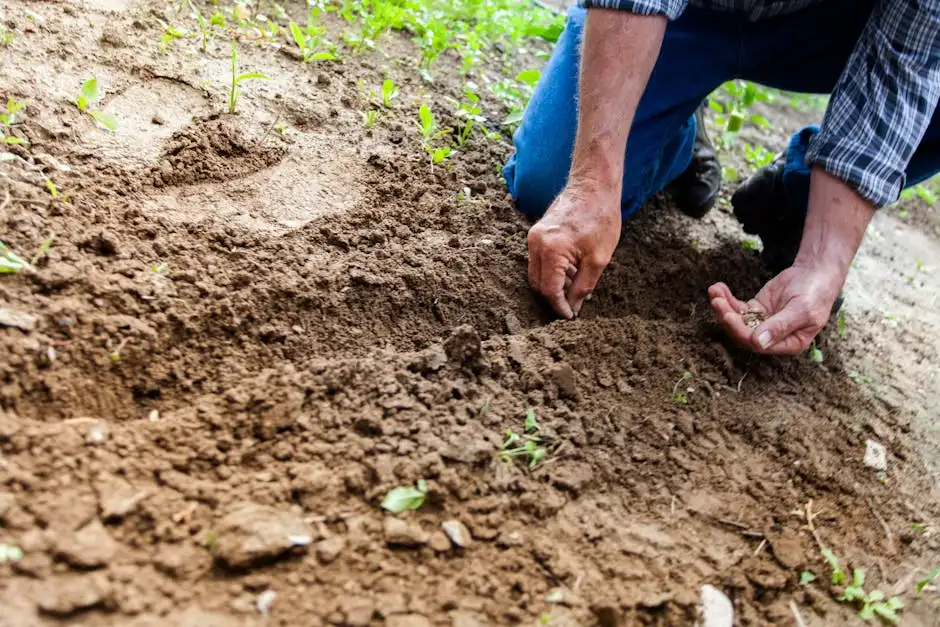
Start by clearing the area of weeds, rocks, and debris. Next, loosen the soil to about 8-12 inches deep using a garden fork or tiller. This allows air and roots to move easily.
Test your soil’s pH to find out if it’s too acidic or alkaline. Most vegetables prefer a pH between 6.0 and 7.0. Adjust this by adding lime to raise pH or sulfur to lower it.
Add organic matter like compost or well-rotted manure to improve texture and nutrient content. Mix it evenly into the top 6-8 inches of soil. This step boosts fertility and helps soil hold moisture.
Improving Drainage and Fertility
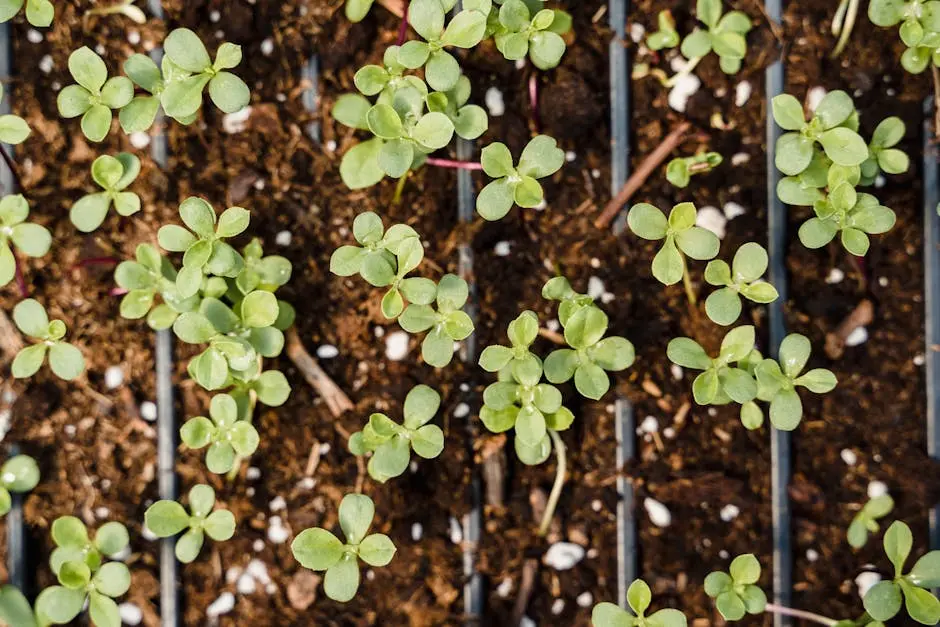
Good drainage prevents waterlogging, which can harm roots. To improve drainage, build raised beds or mix sand and organic matter into heavy clay soil.
Check how water moves through your soil by digging a small hole and filling it with water. If it takes more than 4 hours to drain, your soil needs better drainage.
Fertility depends on nutrients available to your plants. Use a balanced fertilizer based on your soil test results. Apply nitrogen, phosphorus, and potassium according to the package instructions.
Mulching after planting helps retain moisture and adds nutrients as it breaks down. Organic mulches like straw or leaves are best for this.
For more detailed tips, check out how to plan your garden beds with good soil and drainage techniques at Planning Your Vegetable Garden: Mapping the Garden Beds.
Maintaining Your Simple Garden Plan

Keeping your garden thriving takes regular attention and flexibility. You’ll need to follow specific care routines for each season and be ready to tweak your plan as plants grow or conditions change.
Seasonal Care Tips
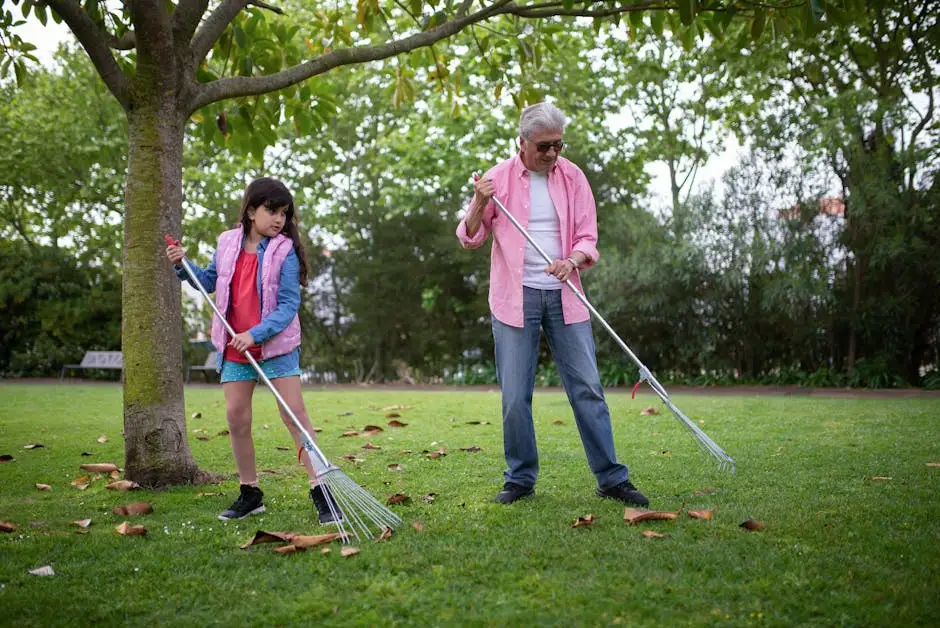
Each season calls for different tasks to keep your garden healthy. In spring, focus on cleaning up debris, preparing soil, and planting early crops or flowers.
Summer requires consistent watering, weeding, and watching for pests. Mulching helps retain moisture and control weeds during hot months.
Fall is time to harvest, prune, and add compost or mulch to protect plants over winter. Remove spent annuals and clean tools.
Winter demands minimal care but consider protecting sensitive plants with covers or moving containers indoors. Check for any damage and plan for next season.
Adjusting Your Plan Over Time
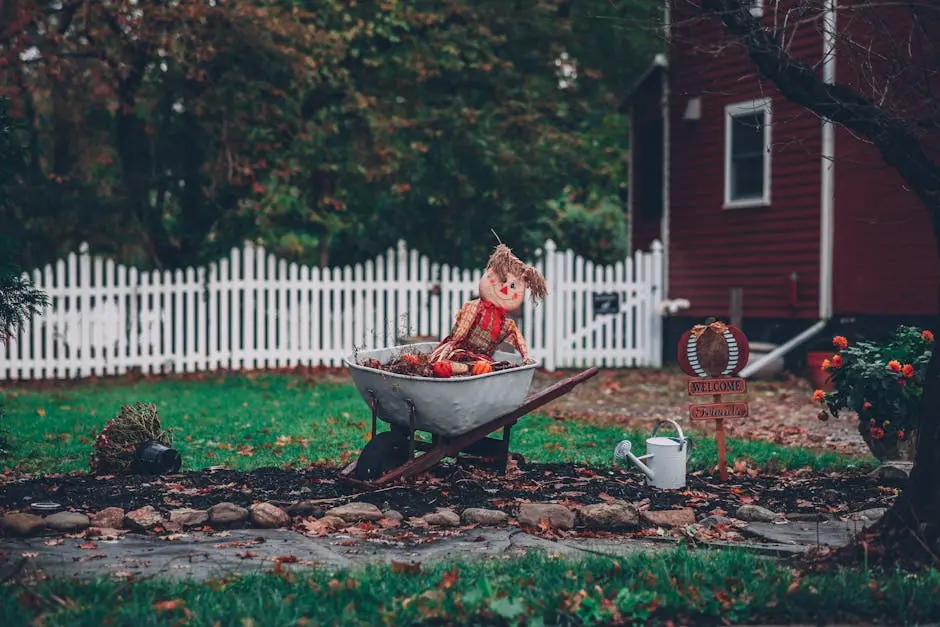
Gardens evolve, and so should your plan. Track how plants perform—note those that thrive and those that struggle. This data helps you decide what to keep or replace.
As plants mature, their needs and space requirements change. You may need to thin crowded areas or rotate crops yearly to maintain soil health.
Don’t hesitate to modify your layout based on sun exposure shifts or changes in your routine. Being flexible ensures ongoing success and enjoyment.
Document your changes clearly, so you build a garden plan that fits your lifestyle and environment perfectly.
For detailed step-by-step design advice, see Designing a garden from scratch in 17 steps.

